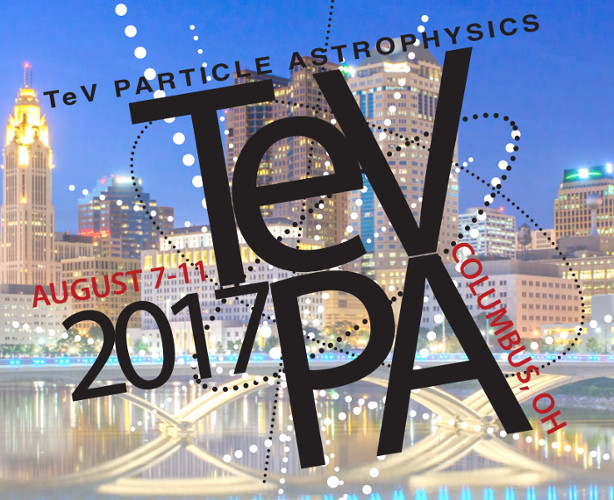Speaker
Description
The ANTARES neutrino telescope has operated in the Mediterranean deep sea for roughly ten years. Its goal is to search for astrophysical neutrinos, both as a diffuse flux and originating from possible point sources. ANTARES is complementary to other neutrino observatories such as IceCube because of its good angular resolution and distinctive sky coverage. The ANTARES science program also includes indirect dark matter searches and participation in the so-called multi-messenger approach for transient sources.
KM3NeT is the successor of ANTARES. Currently under construction, this neutrino telescope uses a single detector technology at two separate geographical sites, featuring different detector geometries. The respective science programs are dubbed KM3NeT ARCA and ORCA.
KM3NeT ARCA is situated off the Sicilian coast in Italy and aims to detect multi-TeV astrophysical neutrinos. Due to an excellent angular resolution for all neutrino flavors, KM3NeT is able to study the point of origin of astrophysical neutrinos with unprecedented precision. In doing so, KM3NeT can independently confirm the IceCube astrophysical flux within one year of data taking.
KM3NeT ORCA on the other hand will study atmospheric neutrino oscillations in the energy range below 100 GeV. Located off the southern French coast, it aims at a determination of the neutrino mass hierarchy with a precision of 3 sigma in three years of data taking.
This presentation gives an overview of the latest ANTARES results. In addition, the current status of KM3NeT as well as its physics potential is discussed.




